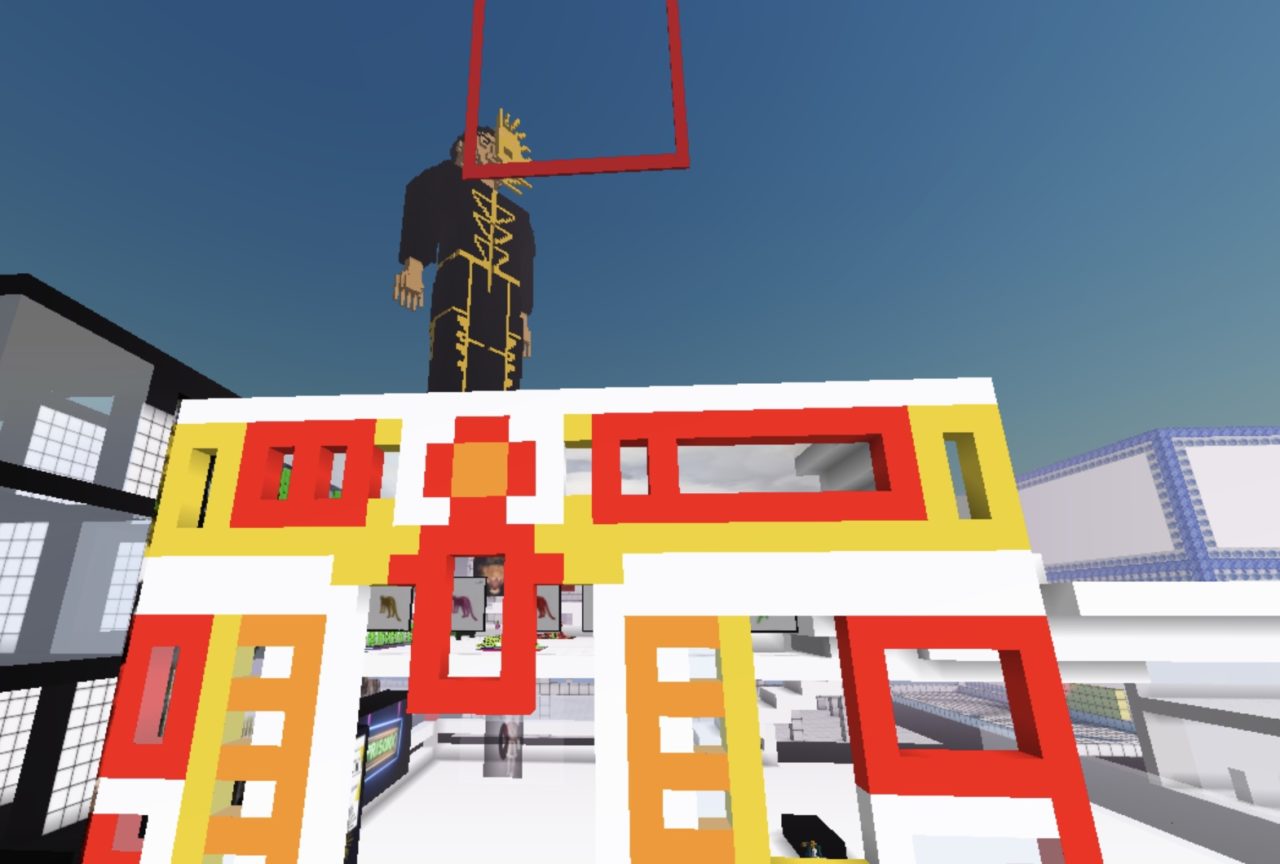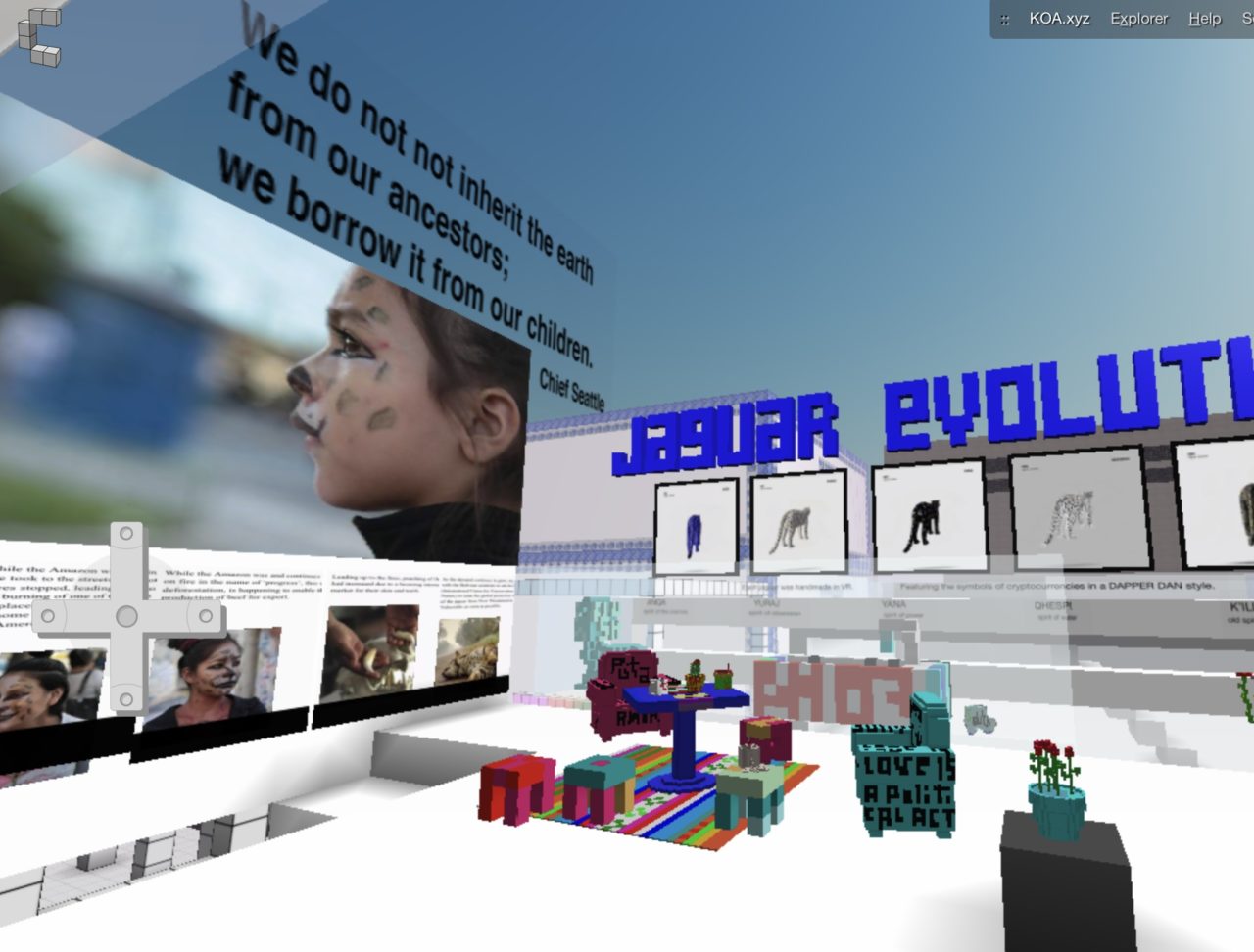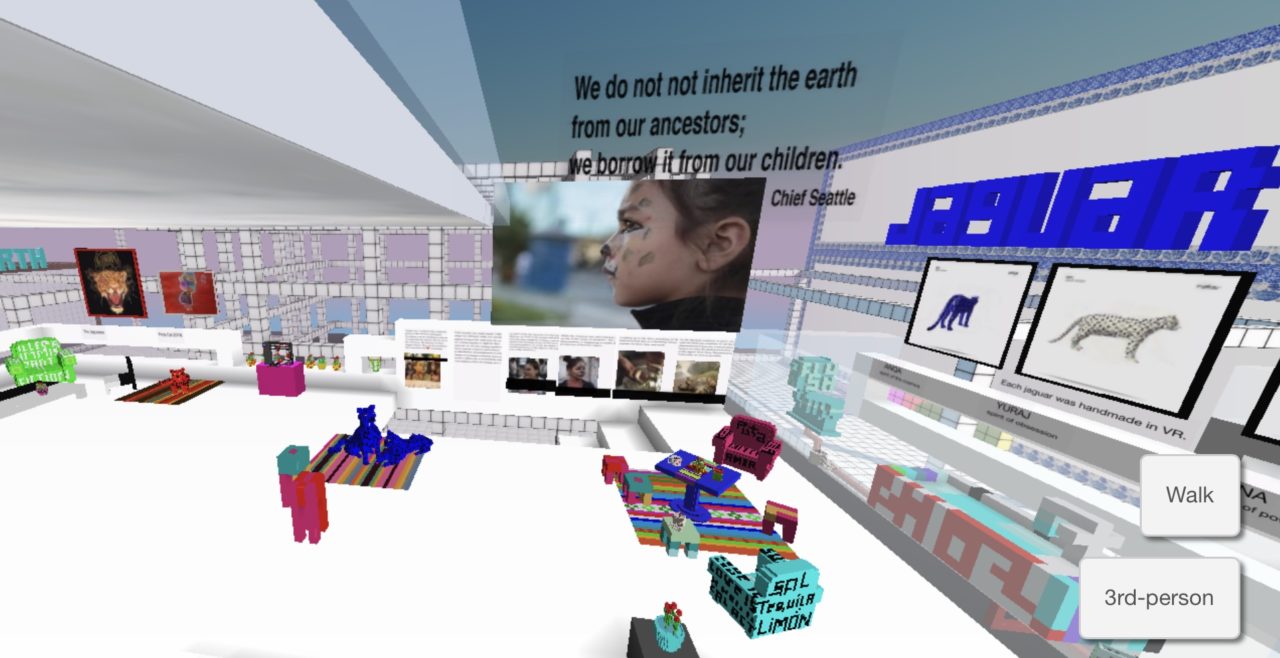Table of Contents
- Introduction
About
Indigenous Futurism Model-Making Competition
Building the Lenape Center
Natural Resources + Government Policy
Mapping + Urbanism + Community
Virtual + Augmented Reality
ISAPD Chapter Kit
Indigenous Futurism Model-Making Competition Winners
The Indigenous Scholars of Architecture, Planning, and Design (ISAPD) and competition guest juror Phillip Benitez Gallegos, Jr. are pleased to present the winners of the Indigenous Futurism Model-Making Competition. The winners are separated into two categories, Handmade and Mechanical, and an overall competition honorable mention.
Handmade Model Category
Winner: Rigid Flexibility by Anne Chen
Rigid Flexibility presents a futuristic interpretation of indigenous architecture by aggregating and growing natural material into self-supporting forms. Each bamboo has its own traits, age, density, and not a single one was truly uniform. These traits and characteristics of bamboo inspired our vision for a futuristic lifestyle where the structure and the material is inherently rigid yet flexible and adaptable when aggregated in forms of sheets. This natural material is economically feasible due to its growth within the nearby area. Our vision is to create a multi-sensory environment through the sheet’s grassy haptic nature, interactive services, and distinctive interior perspective.
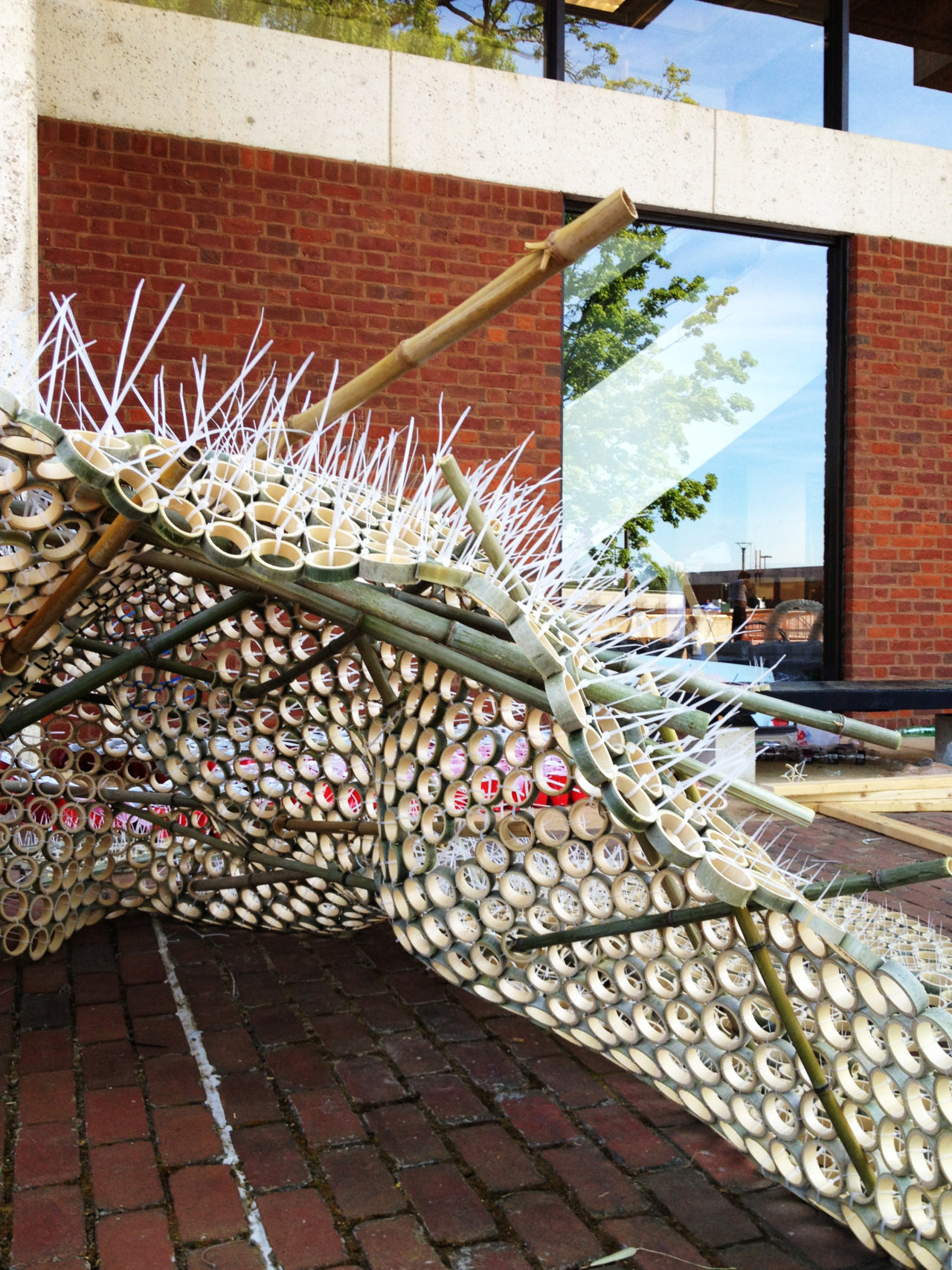
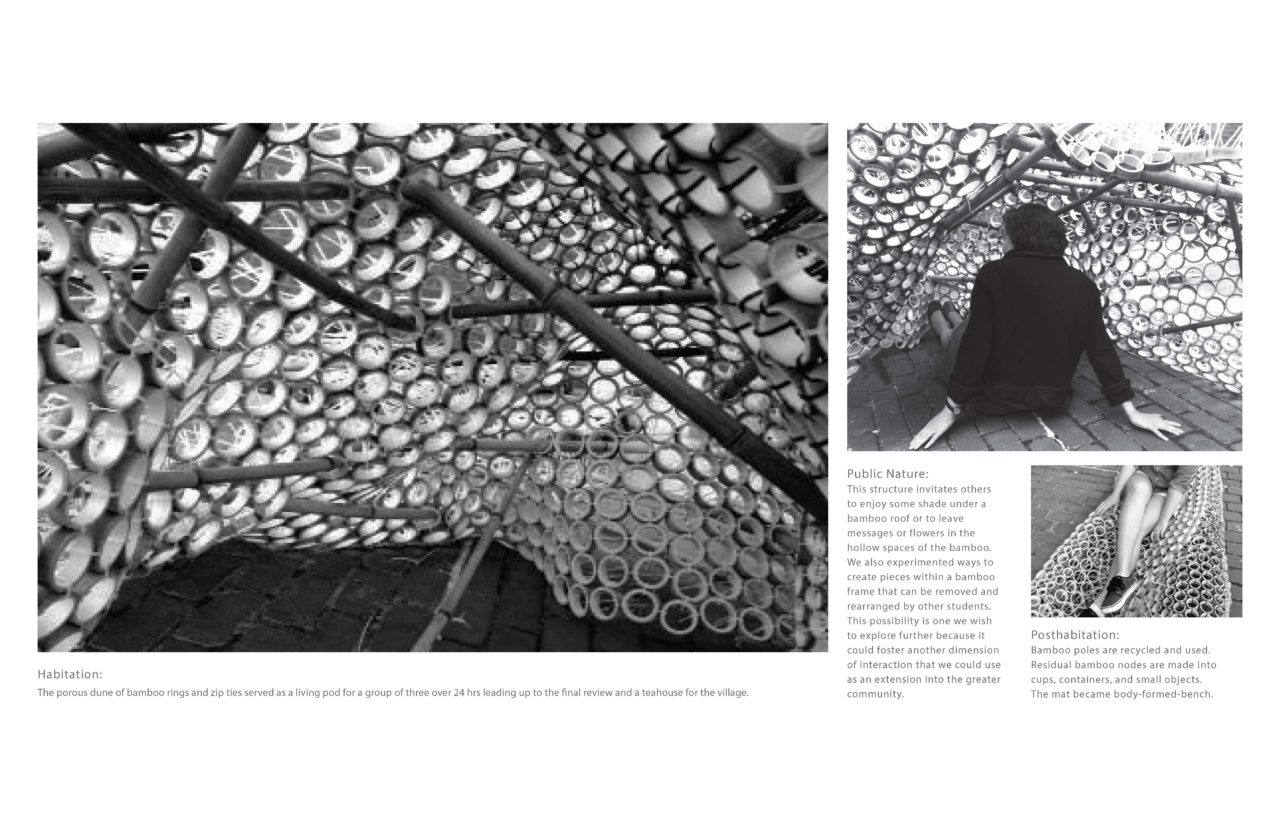
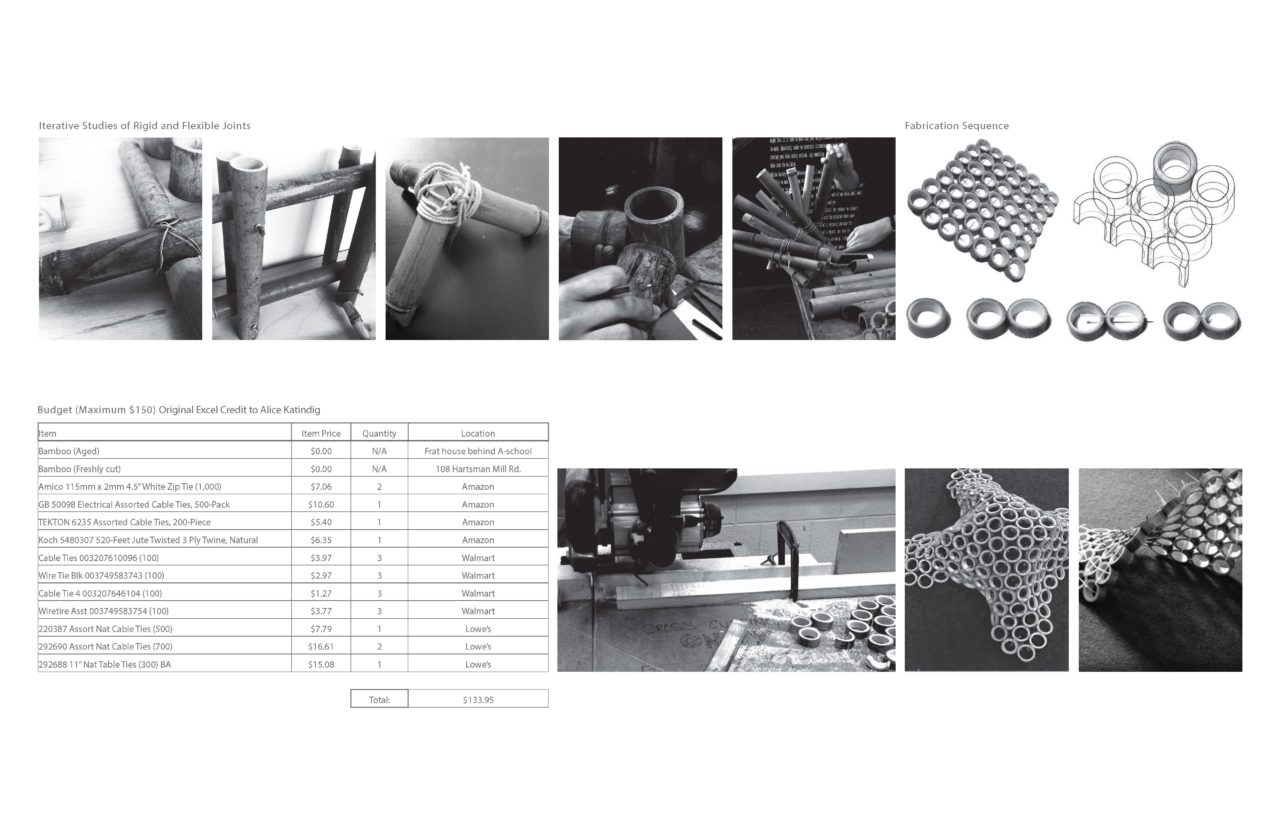
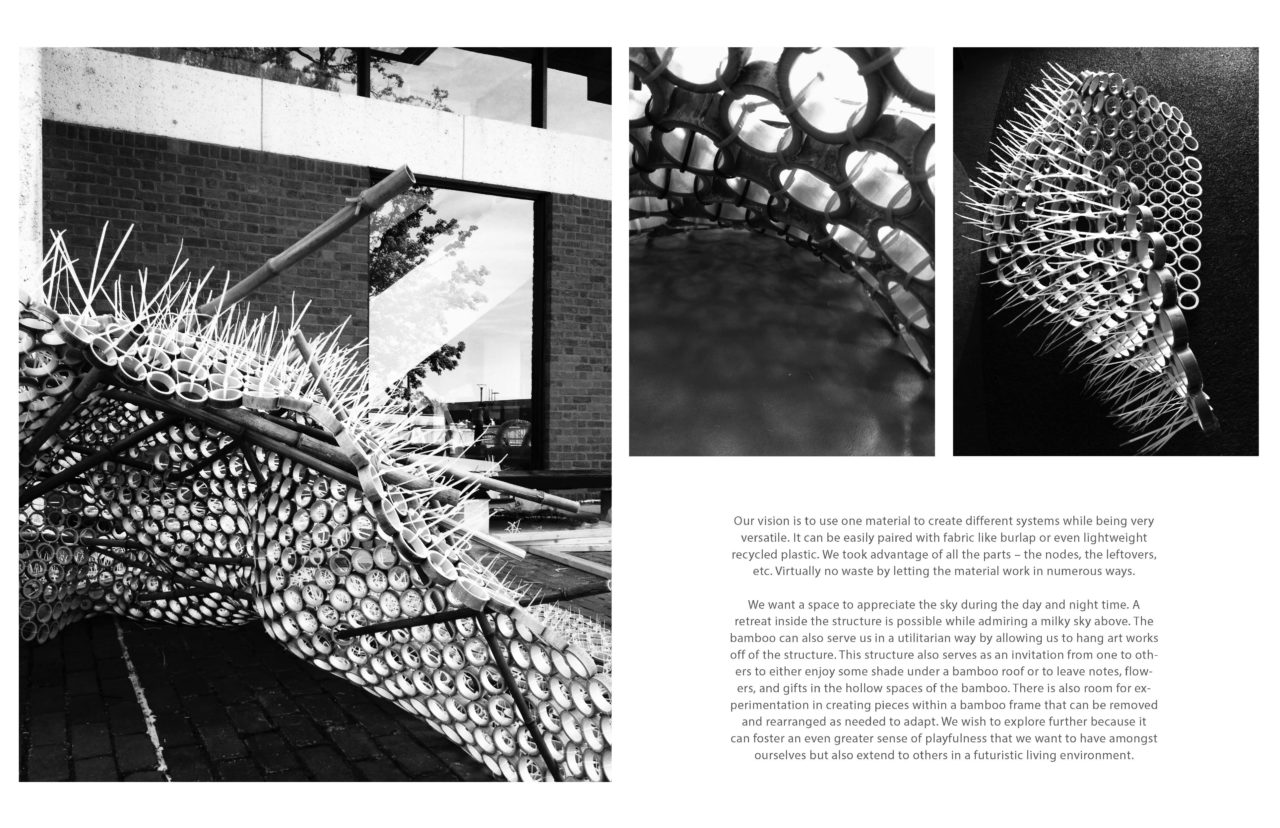
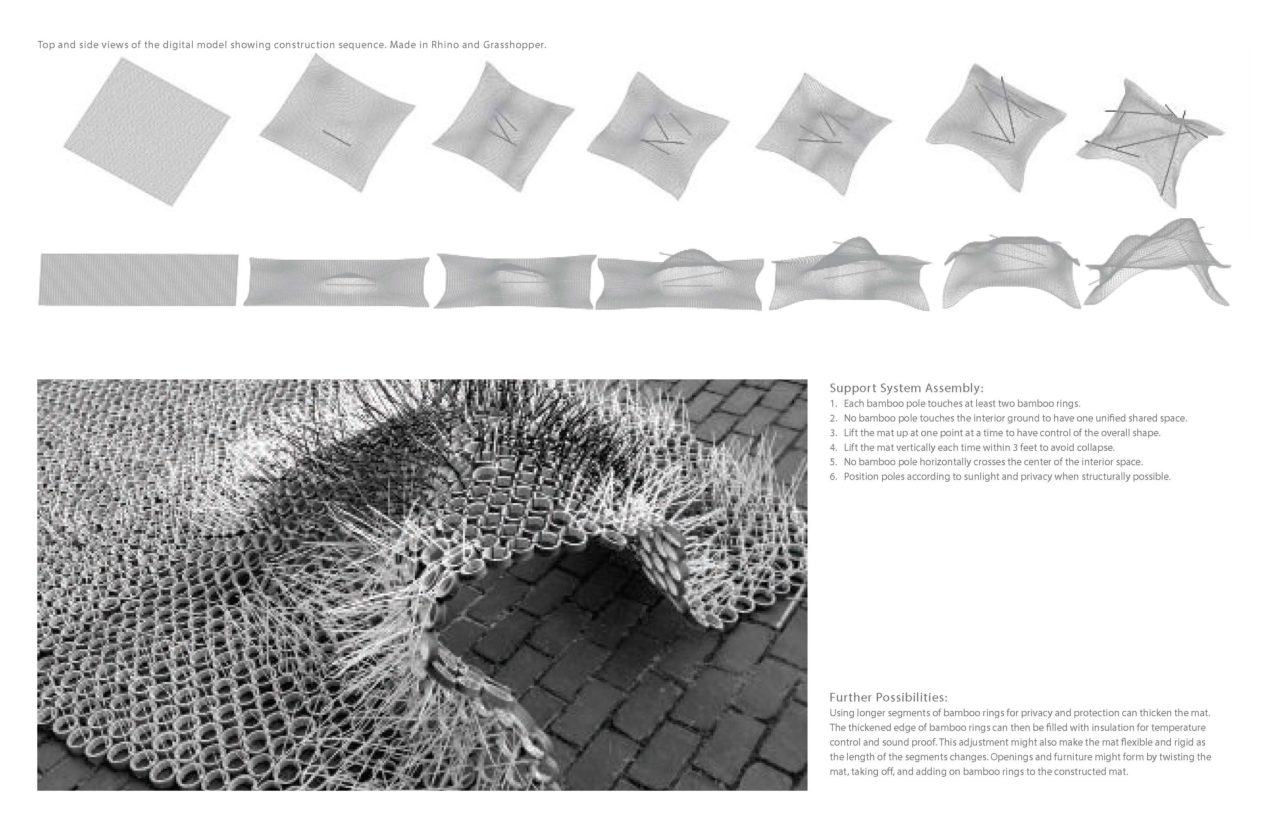
Honorable Mention: 3 by Ying Chang
3 is the first number to which the meaning “all” was given:
Heaven, earth, waters;
Body, soul, spirit.
For Indigenous Futurism, the building is fragile, flexible, and temporary to meet the site’s specific conditions in some way for the development of the world.
3 girls, 3 hours, 3 bamboo,
1 building.
In order to allow indigenous nature to intervene, constructual control has been abandoned.
Bamboos, wires, bolts.
Fragile architecture is the intermediary between humanity and nature on our planet. It is a refuge to protect the local idealization from the elements of non-local materials.
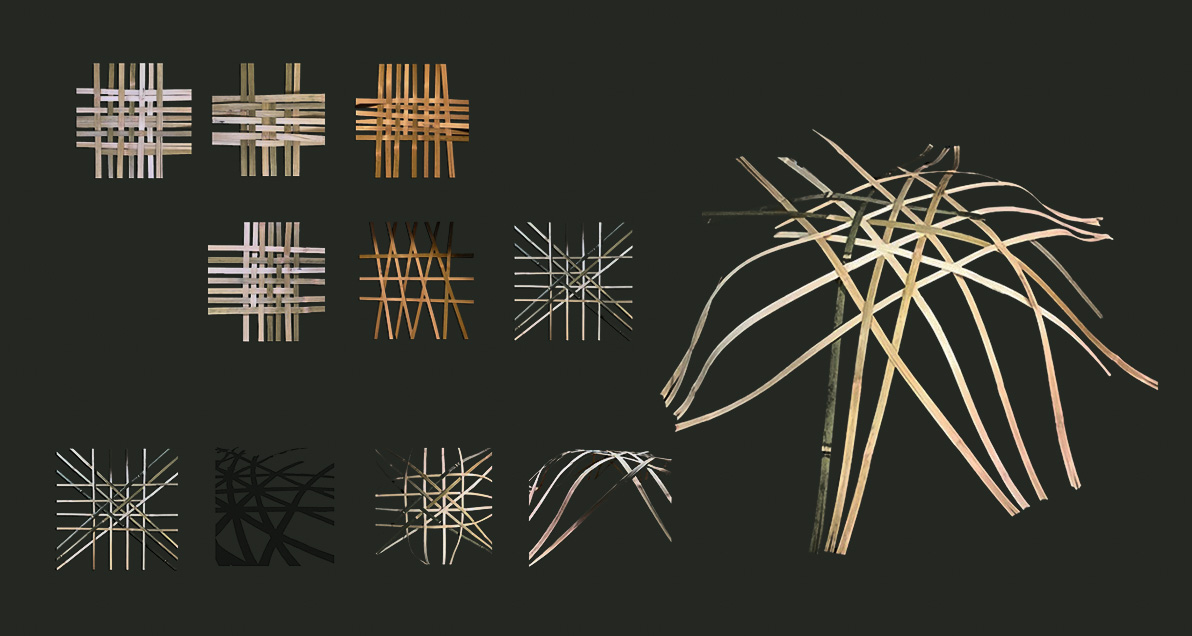
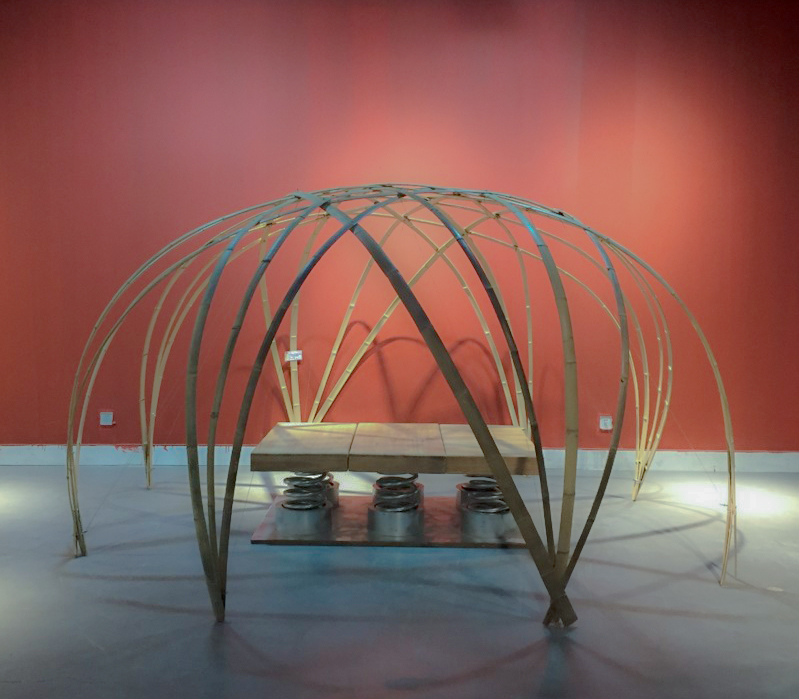
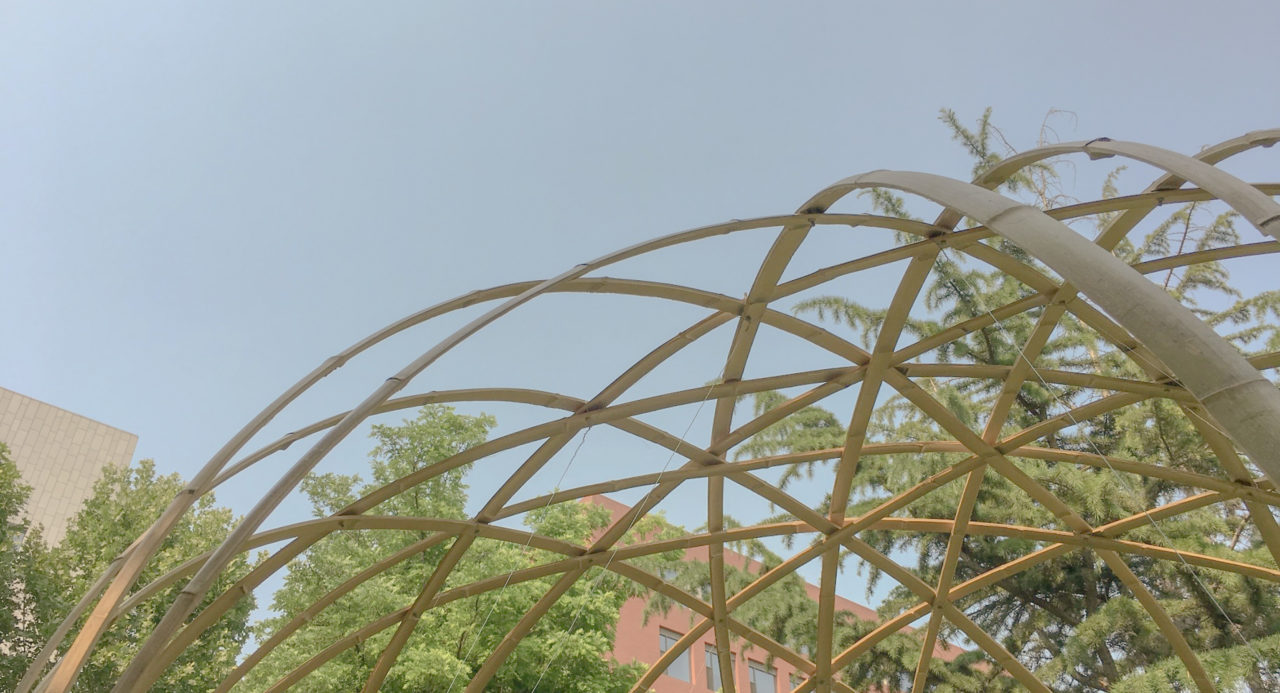
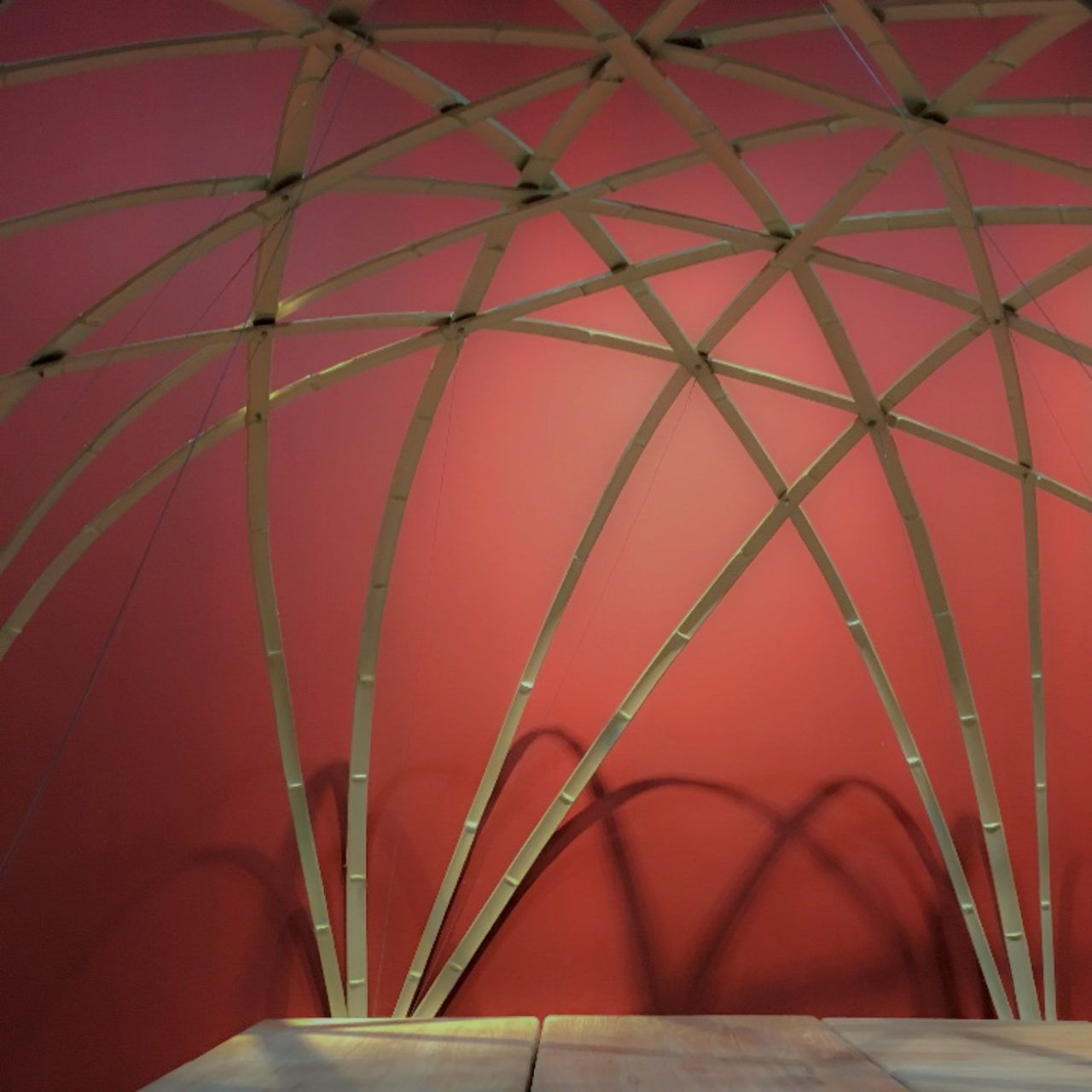
Mechanical Model Category
Winner: APUTI by Sangeetha Othayoth and Sindhu Sriram
The structure takes its inspiration from the traditional Iroquois longhouse. Its orientation manipulated to grow vertically because the future would demand for increased shelter proportional to population growth. We imagine a world where genetically modified trees and plant forms can become the building material, with modified pigmented networks forming the skin. We conclude that in the future is transient. Since the entire structure is alive, once its purpose is terminated, it becomes one with nature. As the name suggests, Aputi, Inuktitut for “snow on the ground”, disappears after a season of need.

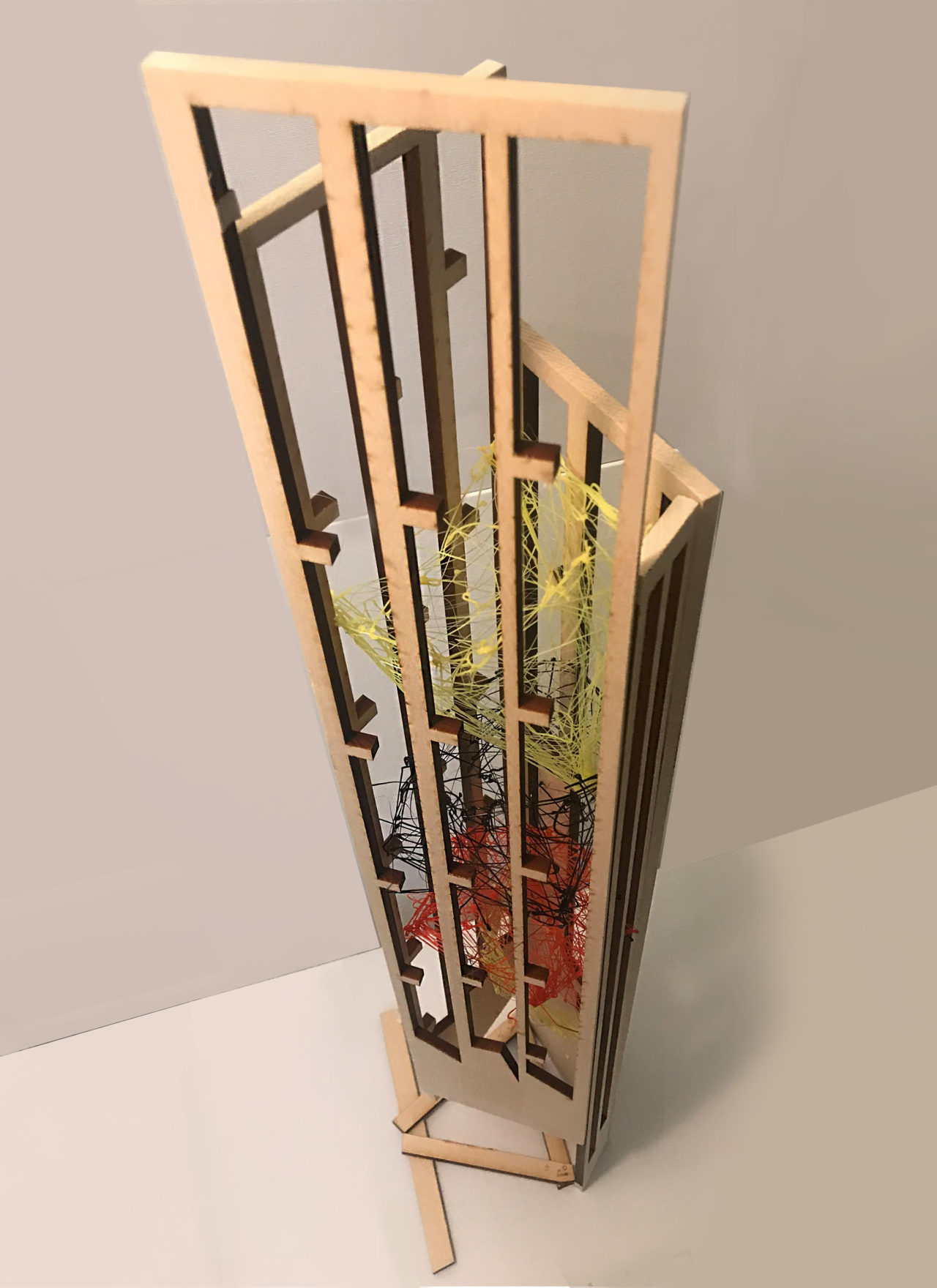
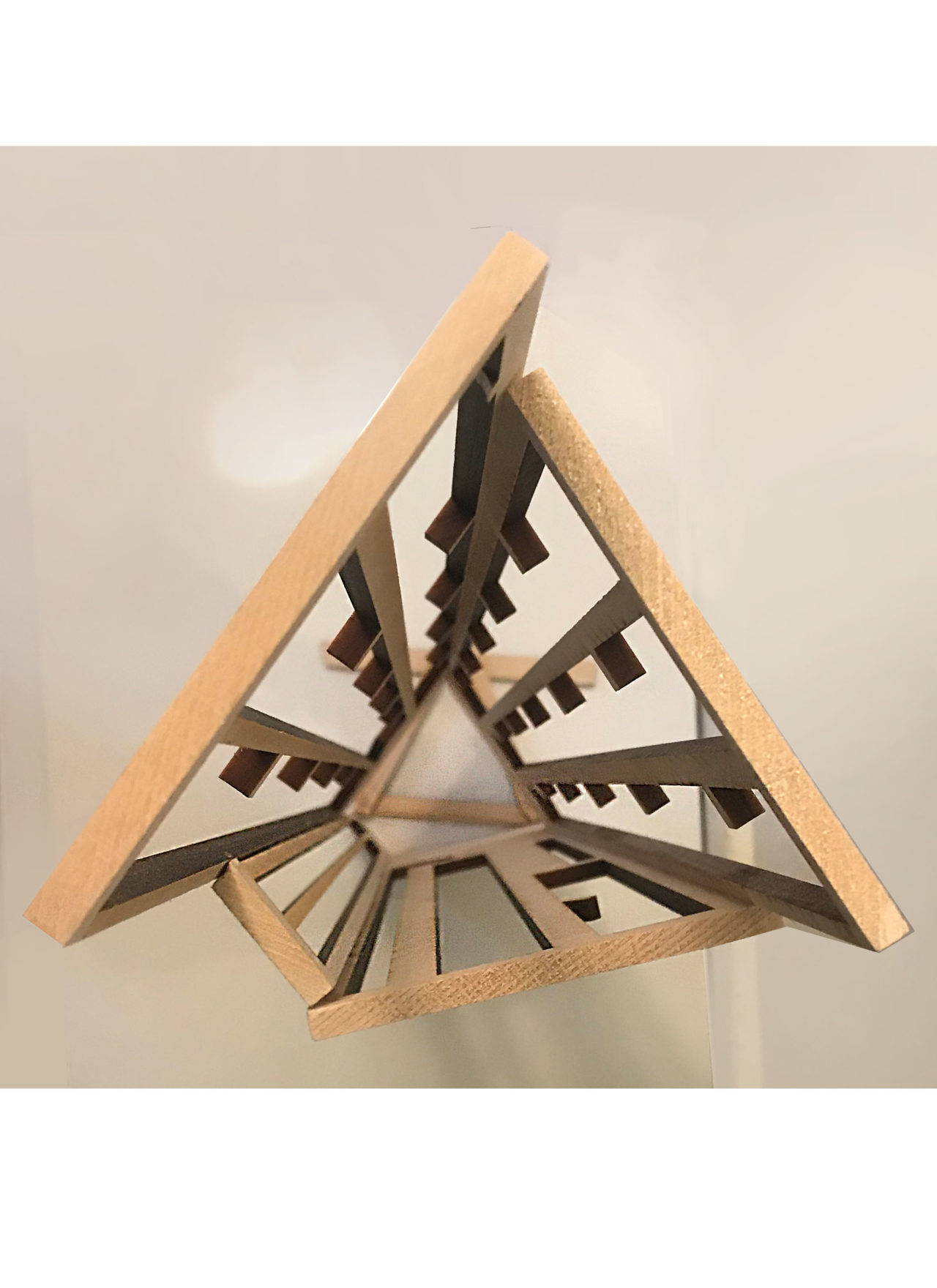
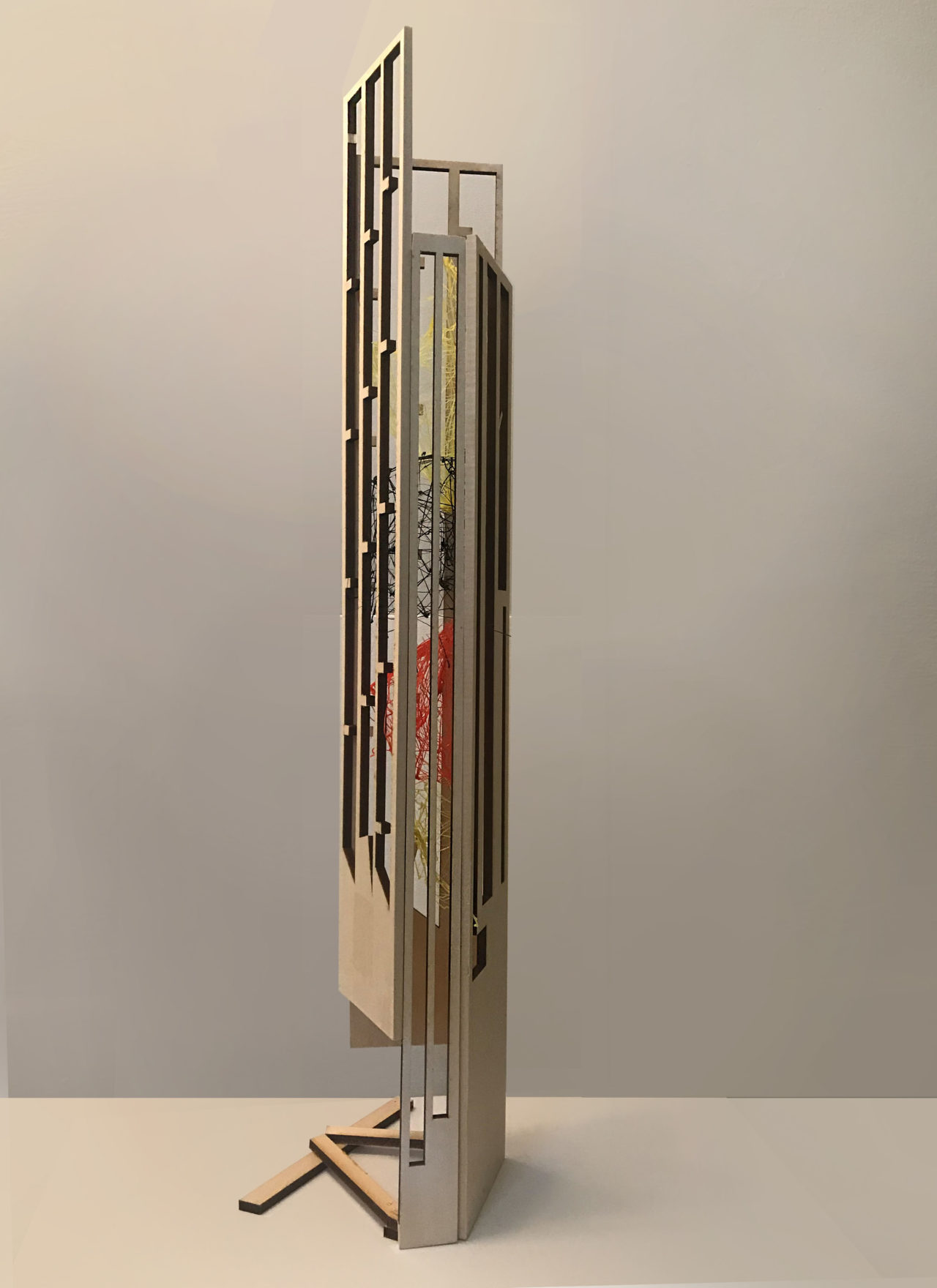
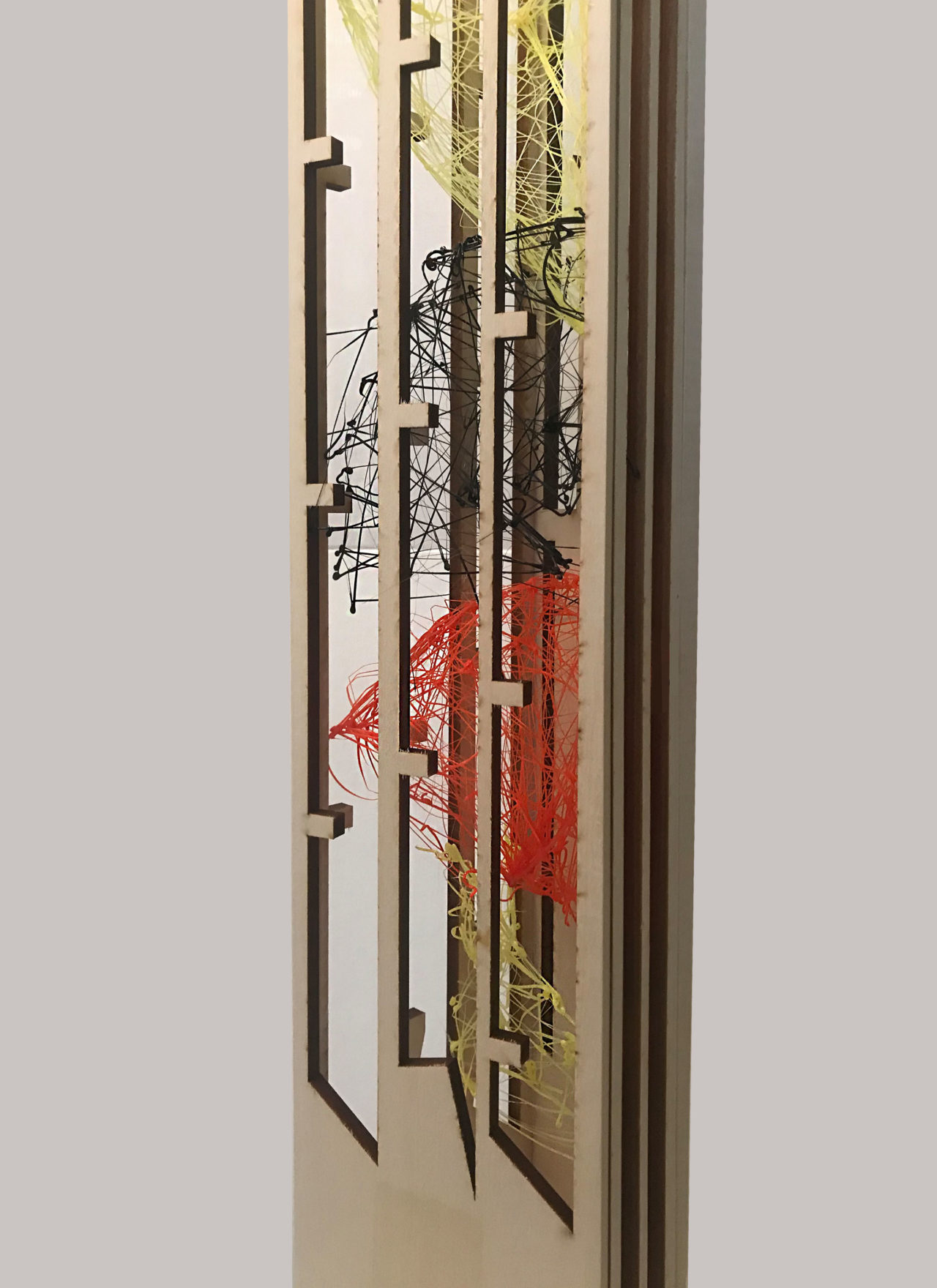
Honorable Mention: Mirage by Mo Wang
This design was inspired by indigenous elevated structures in Yunnan China and New Guinea depicted by Austrian American architect Bernard Rudofsky, where wood pilotis suspended the architecture above the quotidian chaos. Terraced acrylic sheets sculpted individual volumes within the larger collective held in place by six wood strips threaded through corresponding openings. The layering technique is reminiscent of the Peruvian indigenous stepped amphitheater that conforms to the contours of the landscape. This prototype, with exposed materials and visible skeleton, can be replicated to propagate. The future of the built vernacular will be glowing sanctuaries that bring people in touch with their very origins.
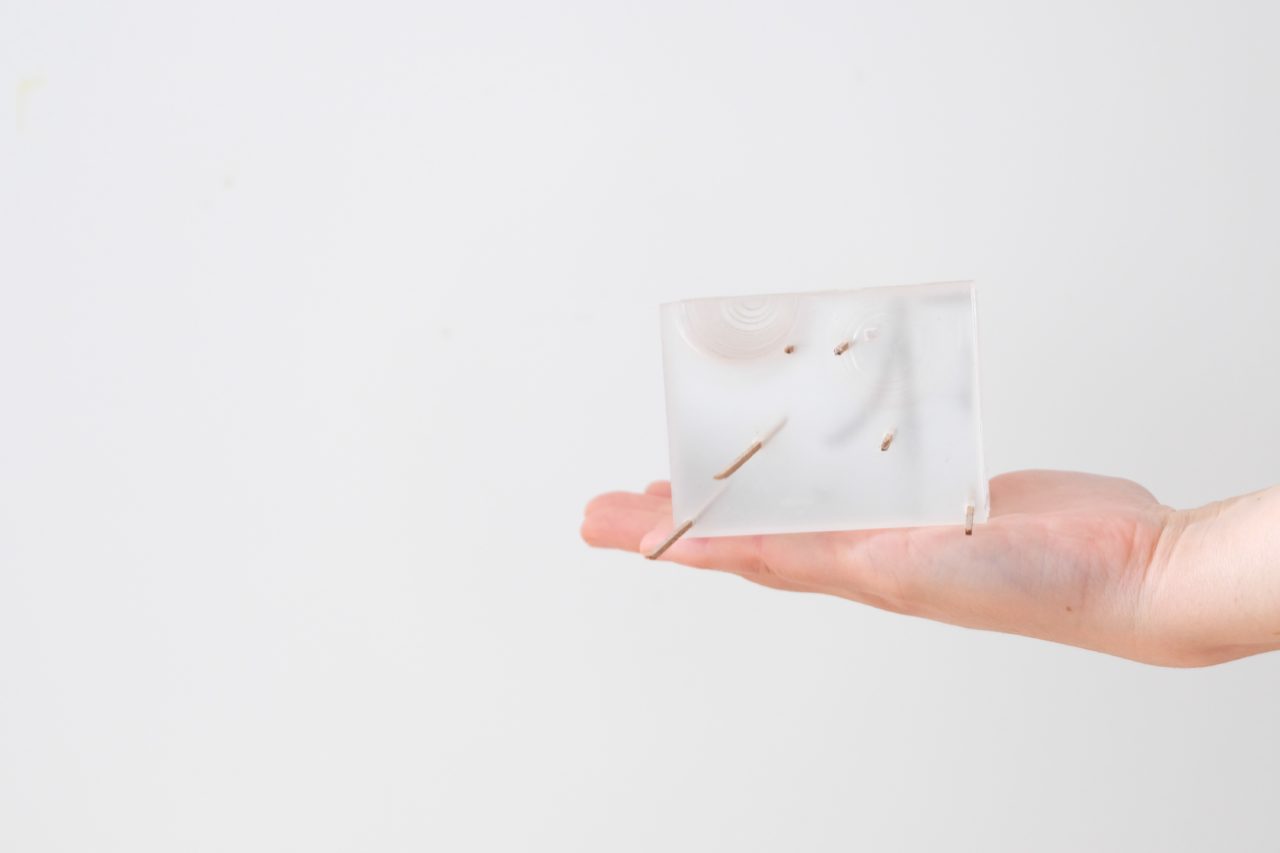
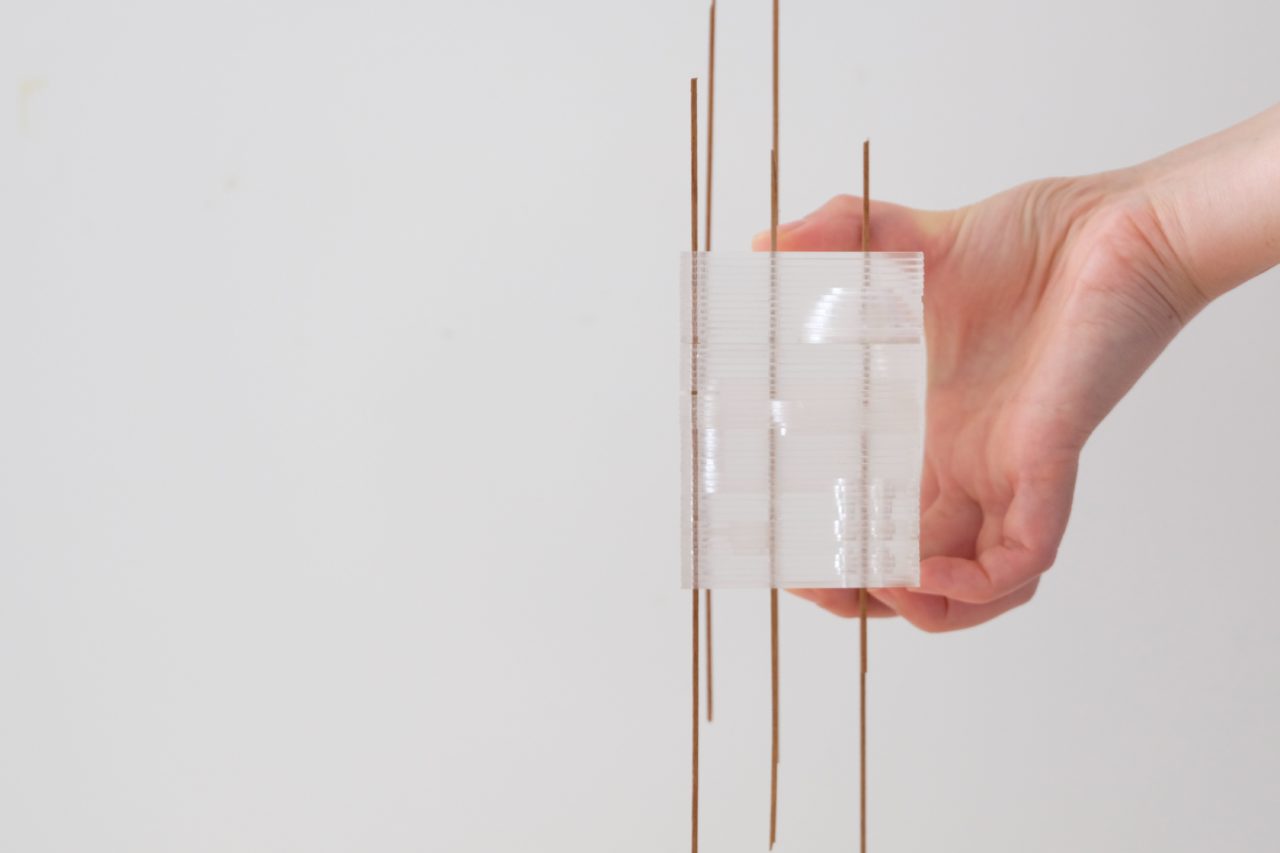
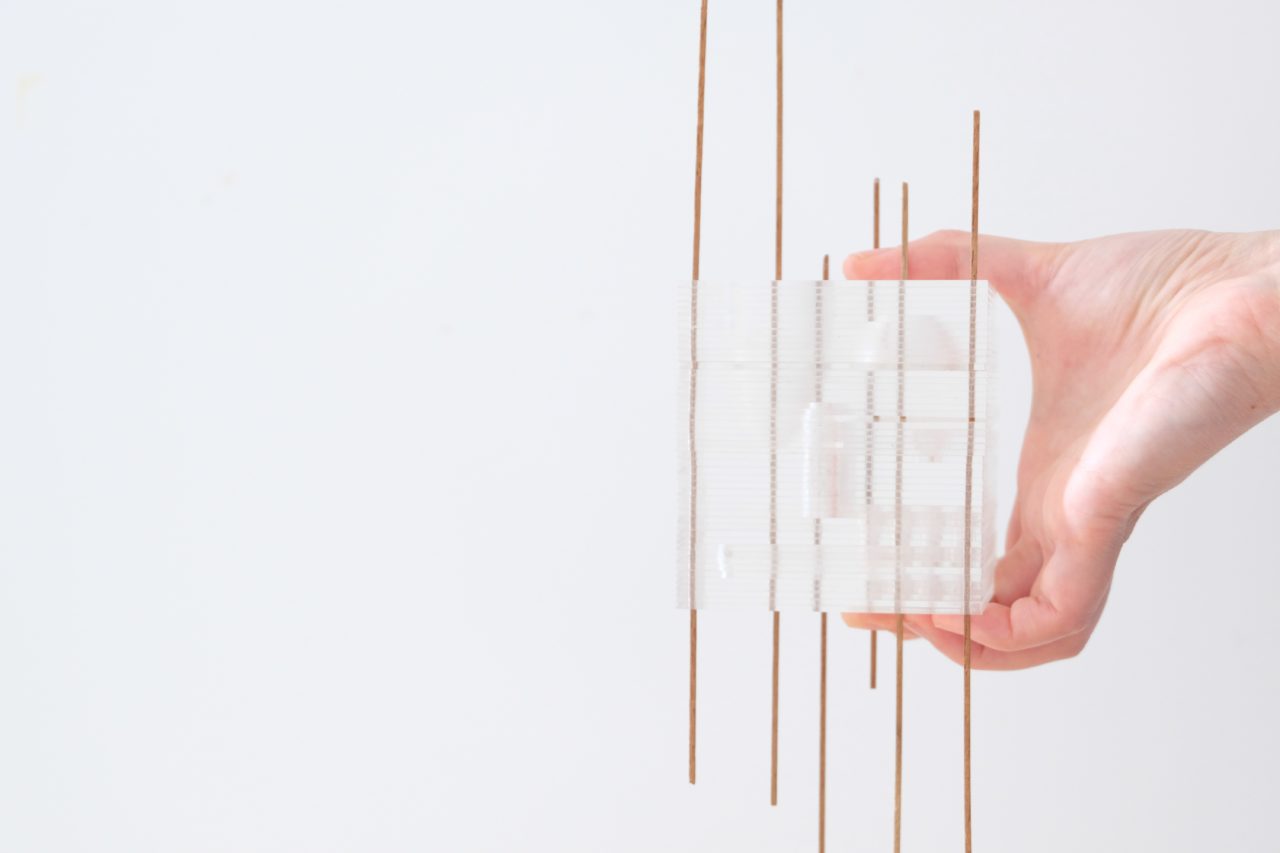
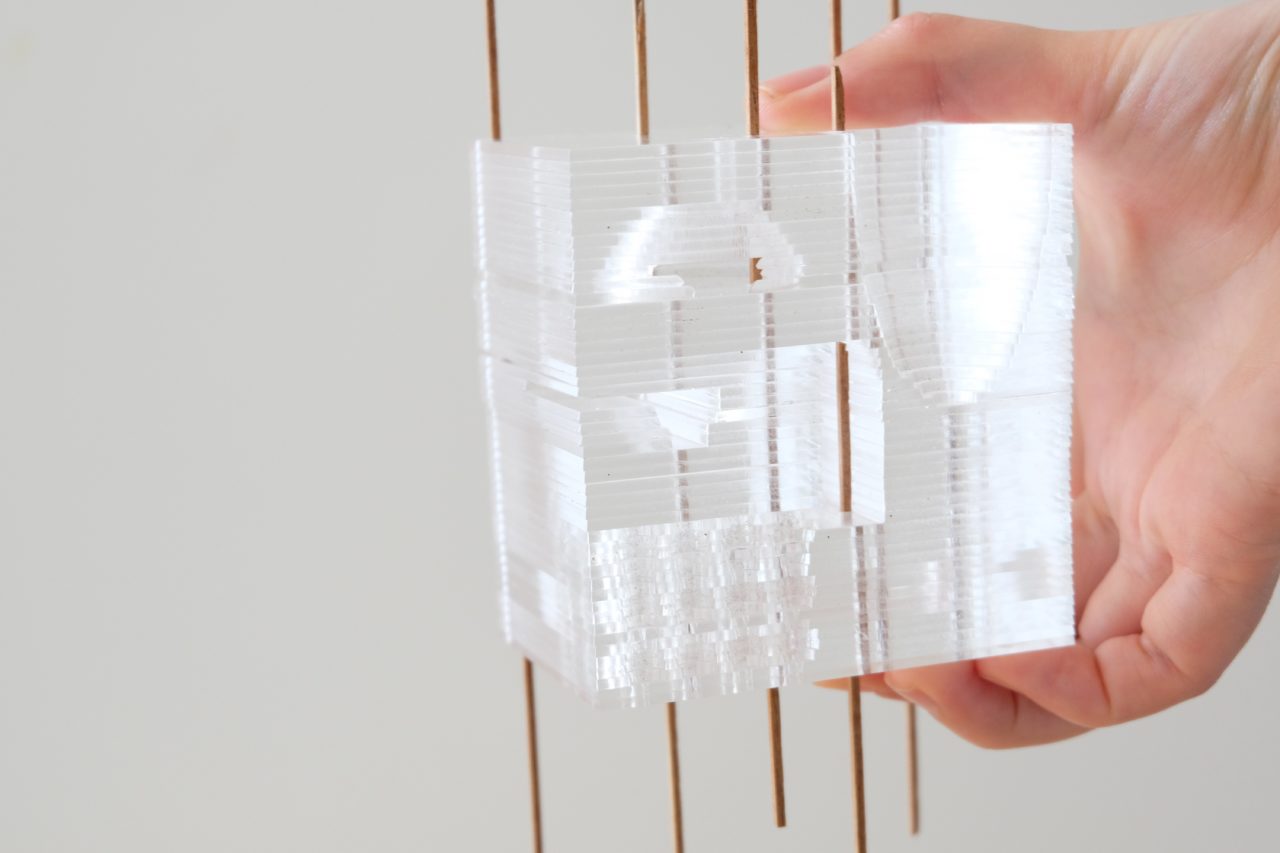
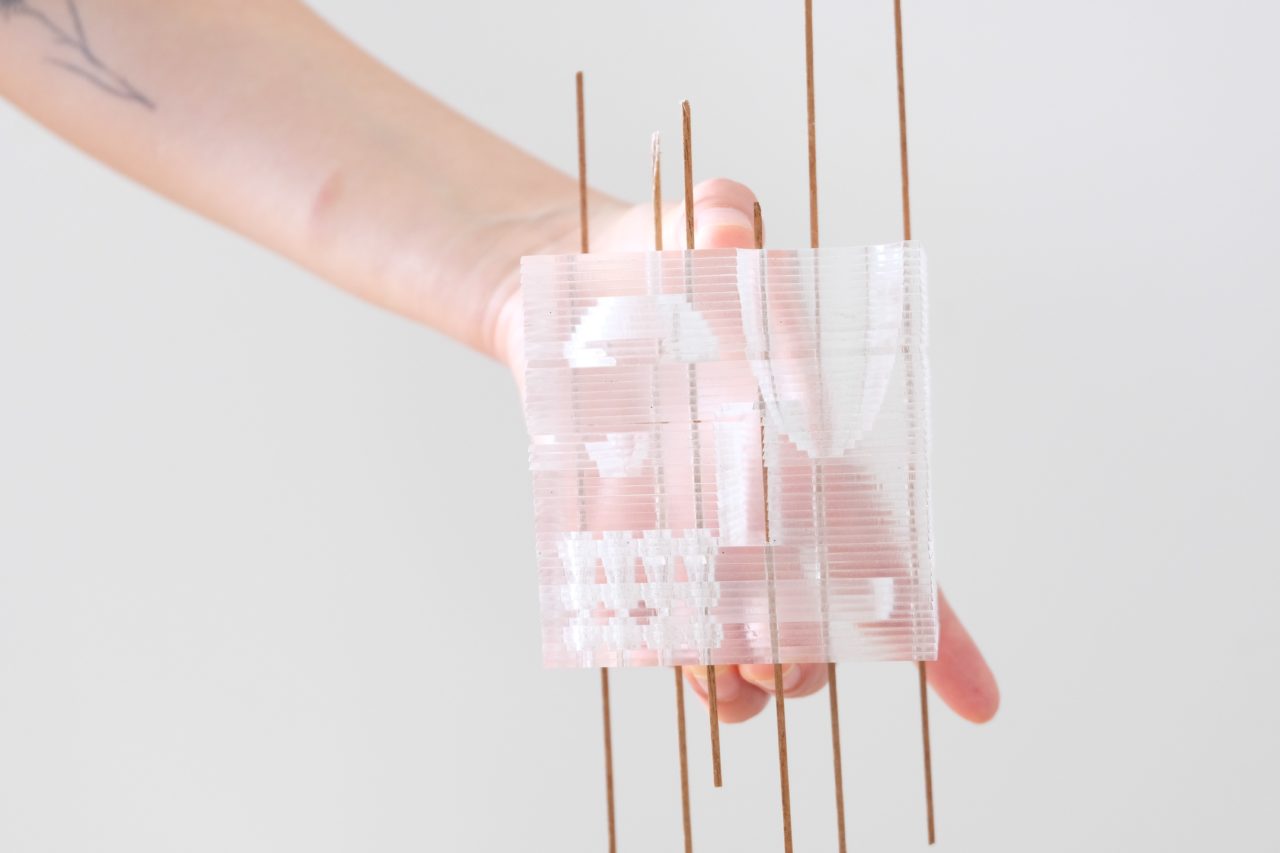
Overall Competition Honorable Mention
R. KOA.XYZ by Violeta Ayala
R. K’OA is an open door for Andean Futurism.
Using VR, AR, XR, and AI to create the Neo-Andean Metaverse during a time of digital standardization within a technocratic system. Building Neo-Andean architecture in cryptovoxels, we’ve designed “IntiPunku” as the door of the sun, comprised of open space. We curate 2D and 3D work of indigenous Andean artists.
The philosophy and mythology of our evolving pop cultures, Quechua and Aymara, are reflected in the stories we tell, our architecture, fashion, music, and aesthetic of our artistic expression. Our culture doesn’t live in museums, it thrives on the streets of Bolivia.
